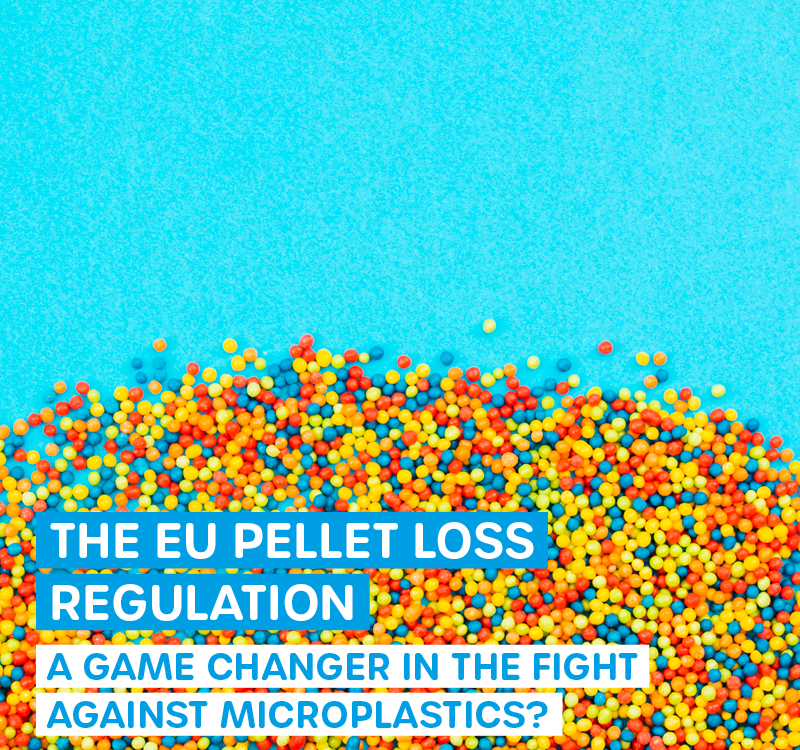
Organic Phosphonates in Detergents
15. September 2025
ESG and CSRD Reporting
22. September 2025Microplastics in Beer and Bottled Beverages: Scientific Findings and Solution Approaches
The omnipresence of microplastics in our environment is no longer a secret. What surprises many, however: Our favourite beverage, beer, and practically all other bottled beverages contain measurable amounts of these tiny plastic particles. Current scientific studies from 2022 to 2025 show the true extent of this contamination – uncovering surprising sources in the process.
The Shocking Reality: All Beverages Are Affected
A comprehensive study by the French food authority ANSES from 2025 examined various beverages and their microplastic content. The results were surprising: Contrary to general assumptions, beverages in glass bottles contained the highest microplastic concentrations – sometimes 50 times more than in plastic bottles or cans.
Concrete Numbers from Current Studies:
- Beer in glass bottles: average 133.7 particles/L in small bottles
- Soft drinks in glass: 111.6 particles/L vs. only 1.5 particles/L in plastic bottles
- Cola in glass bottles: 103.4 particles/L vs. 2.1 particles/L in plastic bottles
- Bottled water: 240,000 nano- and microplastic particles/L
An international study from 2022 examined beers from 15 different countries and found microplastic particles in all samples in the range of 20-80 particles per millilitre -- mainly consisting of polystyrene (PS) and polypropylene (PP).
Purity Law Was Yesterday: How Microplastics Legally Enter German Beer
The scientific assessment of microplastics in German beers is controversial. Liebezeit & Liebezeit (2014) analysed 24 German beer brands and found contamination in all samples with:
- Fibers: 2-79 particles/L
- Fragments: 12-109 particles/L
- Granules: 2-66 particles/L
However, a subsequent critical study fundamentally questioned these results: Lachenmeier & Kuballa (2015) could not reproduce the findings and argued that the particles found were largely laboratory contaminations. They criticized several methodological flaws:
- The dye method Rose Bengal used falsely excludes PVPP
- False-positive results for natural substances like starch
- No differentiation between beer samples and blank samples possible
- Lack of validated methodology for microplastic detection in food
International Evidence: Global studies nevertheless fundamentally confirm the presence of microplastics in beers. Li et al. (2022) examined beers from 15 countries and found 20-80 particles/mL in all samples, mainly polystyrene and polypropylene. Kosuth et al. (2018) analyzed 12 American beers and found an average of 4.05 particles per liter.
The Purity Law as Marketing Myth
Reality shows: The much-advertised purity law has long become a marketing fiction. German beers contain:
- Artificial stabilizers (PVPP)
- Microplastic residues from production
- Contamination from packaging and transport
- Environmental microplastics via brewing water
Naturally cloudy beers are the only exception: They are not filtered and therefore contain no PVPP – a return to the original purity law principles.
The Surprising Source: Bottle Caps as Main Culprits or: The Lacquer Abrasion Effect
The ANSES researchers were able to clearly prove that the main source of microplastic contamination in glass bottles is not the glass itself, but the lacquer on the metal caps. Through friction during storage and transport, microscopic scratches occur that release lacquer particles into the beverage.
The proof: The microplastic particles found had the same chemical composition and color as the lacquer on the closures. Spectroscopic analyses using FTIR unequivocally confirmed this connection.
Problems in Analytics: Methodological Challenges and the Question: Why Comparable Data is Missing
A central problem in researching microplastics in beverages is the different analytical methods that are used. Various studies use different:
- Particle size definitions (0.1-5000 μm vs. 1-5000 μm)
- Detection methods (Raman spectroscopy, FTIR, fluorescence microscopy)
- Sample preparation (various filtration and cleaning procedures)
- Identification criteria (visual vs. spectroscopic confirmation)
The Problem of Comparability
The Federal Institute for Risk Assessment (BfR) confirms: Standardized measurement methods are still lacking, which is why no reliable conclusions about average microplastic contents in food are currently possible. Thus, routine controls are not yet implementable.
A study from 2024 criticizes: "Due to lacking toxicological data, it is currently not possible to determine whether the consumption of such beverages poses a risk or not."
Diverse Contamination Sources
- Production Process-Related Contamination
Polyvinylpolypyrrolidone (PVPP): Many large breweries deliberately use this plastic granulate as a stabilizer. Although it is theoretically filtered out again, technically unavoidable residues can remain. PVPP is approved as the food additive E1202.
-
Packaging-Related Contamination
- PET bottles: Direct contact with polyethylene terephthalate leads to particle release
- Bottle caps: Lacquer and plastic coatings as main source
- Closures: Plasticized seals release particles
- Transport and Storage
Bottle washing machines represent a previously little-considered contamination point. During the cleaning and disinfection process, the following can occur:
- Microplastic particles from cleaning agents and systems
- Abrasion from plastic components of washing machines
- Contamination through insufficiently cleaned recycling bottles
- Environmental Contamination
Microplastics also enter beverages via the brewing water as well as through air. Studies from the USA show that 81% of all globally examined tap water samples contain microplastics, with an average of 9.24 particles/L in the USA. In Germany, the microplastic contamination of tap water is lower, as the requirements for drinking water treatment are higher and the processes are designed to reduce particles.
How Can the Microplastic Stream into Bottled Beverages Be Stopped?
With Wasser 3.0 PE-X®, we have developed a groundbreaking solution that can remove up to 95% of microplastic particles from water. The process is based on the principle of agglomeration-fixation:
- Hybrid silica gels are added to the contaminated water
- Microplastic particles clump together to form popcorn-like aggregates
- These float to the surface and can be mechanically skimmed off
- No complex filters or energy-intensive membrane technologies needed
Application in the Beverage Industry
The Wasser 3.0 PE-X® technology could be directly integrated into bottle washing machines of beverage bottlers to:
- Remove microplastic particles from wash water
- Reduce contamination of glass bottles during the cleaning process
- Significantly lower the overall contamination of bottled beverages
Prevention Measures: Immediate Implementation Thanks to Simple Cleaning Procedures
The ANSES study also showed that the following can reduce the MP content in beverages:
- Compressed air cleaning of bottle caps: 60% MP reduction
- Additional rinsing with water and alcohol: further 20% MP reduction
Additionally, optimized storage and transport can reduce the microplastic release, as it leads to:
- Avoidance of friction between bottle caps
- Improved protection during transport and storage
A revision of lacquer formulations for closures should also be considered when thinking about future processes and products.
What's Important: Urgently Close Research Gaps
Despite the alarming findings, comprehensive comparative studies are still missing that:
- Establish standardized analytical methods
- Investigate long-term health effects
- Evaluate effectiveness of various prevention measures
- Analyse cost-efficiency of solution technologies
Research funding is urgently needed for the development of validated analytical methods, conducting comparative studies, and implementing solution technologies. Only through methodically rigorous, peer-reviewed research can we move beyond individual cases and controversies to reliable findings.
We would conduct such a study, but for a meaningful comparative study, early adopters, game changers, or simply makers from the beverage industry and financing are needed.
Conclusion: Between Scientific Evidence and Methodological Controversies
The scientific findings on microplastics in beverages show a complex and partly contradictory picture. While international studies consistently detect microplastics in beers, the data situation for German beers is characterized by methodological controversies.
Established Findings:
- All tested beverages worldwide contain microplastics
- Glass bottles can surprisingly be more contaminated than plastic packaging
- Bottle cap lacquer is a significant contamination source
The German Purity Law has lost its original meaning: Through PVPP and other approved additives, plastic in beer has become legal, even though the actual contamination remains scientifically disputed.
The good news: Solutions already exist. From small solutions with small but fine impact to innovative technologies like Wasser 3.0 PE-X®, effective tools are available.
Urgent need for action: Standardized, validated analytical methods and sufficient funding for comprehensive, comparative studies are lacking. Only through scientifically sound data collection can we understand the true extent of contamination and develop effective countermeasures.
The beverage industry is at a turning point: Companies that now invest in standardized microplastic analytics and prevention measures will not only fulfill their scientific responsibility but also gain a competitive advantage in an increasingly evidence-based and health-conscious society.






